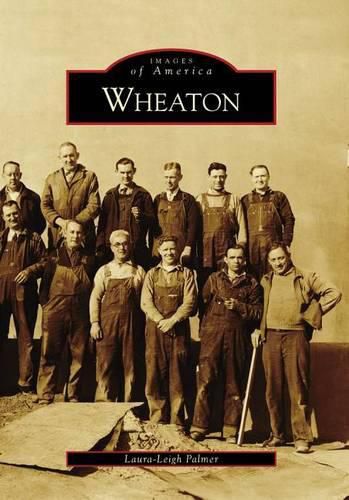Readings Newsletter
Become a Readings Member to make your shopping experience even easier.
Sign in or sign up for free!
You’re not far away from qualifying for FREE standard shipping within Australia
You’ve qualified for FREE standard shipping within Australia
The cart is loading…






In 1689, Col. William Joseph patented two tracks of land east of Rock Creek. From the 3,860 acres called Hermitage and parts of Joseph’s Park tract of 4,220 acres, the community of Wheaton evolved. The convergence of three history-laden roads gave the area one of its early names, Mitchell’s X Roads. Transportation gave the land value beyond that of other farming communities in the area. The name Wheaton, first used when Union veteran George F. Plyer became postmaster on October 5, 1869, honored Gen. Frank Wheaton, the commander of the defense of Washington, D.C., at Fort Stevens in early July 1864. Proximity to the nation’s capital, large tracks of farmland, and existing roads were an ideal combination for suburban development. The construction boom that began during World War II had entire communities developing at a pace that seemed to occur overnight. The area’s population soared, and a new way of life began.
$9.00 standard shipping within Australia
FREE standard shipping within Australia for orders over $100.00
Express & International shipping calculated at checkout
In 1689, Col. William Joseph patented two tracks of land east of Rock Creek. From the 3,860 acres called Hermitage and parts of Joseph’s Park tract of 4,220 acres, the community of Wheaton evolved. The convergence of three history-laden roads gave the area one of its early names, Mitchell’s X Roads. Transportation gave the land value beyond that of other farming communities in the area. The name Wheaton, first used when Union veteran George F. Plyer became postmaster on October 5, 1869, honored Gen. Frank Wheaton, the commander of the defense of Washington, D.C., at Fort Stevens in early July 1864. Proximity to the nation’s capital, large tracks of farmland, and existing roads were an ideal combination for suburban development. The construction boom that began during World War II had entire communities developing at a pace that seemed to occur overnight. The area’s population soared, and a new way of life began.